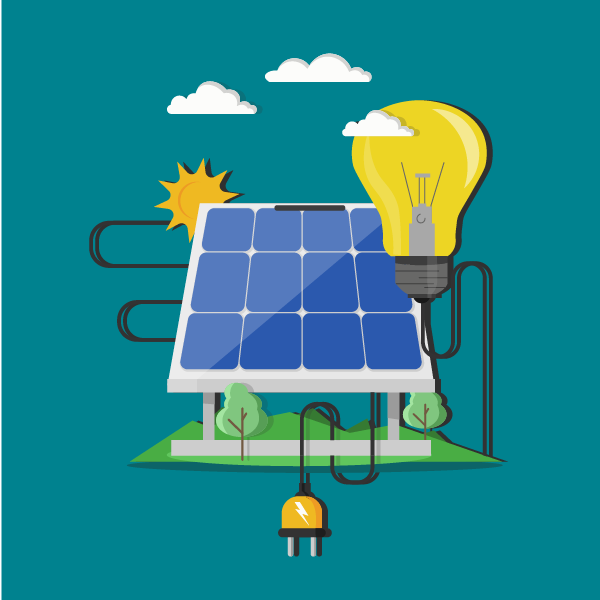
You may be wondering how many solar batteries you’ll need to power a house. If you are thinking of switching from the traditional utility system to an off-grid solar system, then you need to ensure that you have enough battery capacity to cover your household’s electricity needs. To determine the right size of solar and battery systems for your home, you need to calculate the energy production and power demands of your home.
Estimate the number of solar panels you’ll need
The number of solar panels you need for your home depends on many factors. These factors include your home’s energy use, location, and solar panel types.
You can use your energy bill to estimate the number of panels you will need. For example, you can add up your last twelve months’ electric bills. After you have a sense of how much electricity you use, you can determine how many watts your panels will produce.
Your home’s size will also affect the number of solar panels you will need. If your house is small, you might only need two or three panels. On the other hand, a large home will need more solar panels to generate enough power.
When calculating the number of solar panels you need, you can start by using a solar calculator. There are several online options that can help you do this. Some of these tools can also help you figure out how many panels you will need based on your home’s square footage.
Calculate the optimum size of your solar and battery system
The size of your solar and battery system is based on three factors: energy usage, production, and location. You can use a SolarReviews calculator to determine the right size for your solar and battery system.
When using the calculator, input your average monthly energy bill, address, and utility rate information. Once you have the data, the calculator will give you a ballpark solar estimate in kW. This is the amount of power that your solar and battery system will be able to generate.
In addition to the size of your home, you will also need to take into account the orientation and wattage of your solar panels. Typically, larger homes need larger solar systems. Depending on your roof, the angle of your roof can also have an impact on how much power you can produce.
Finally, you will need to take into account peak sunlight hours. Peak sun hours are the times of the day when the sun is at its strongest, producing at least 1000 watts per square meter. These numbers can vary from season to season.
On-grid vs off-grid systems
There are two types of solar battery systems: grid-tied and off-grid. Each is designed for different needs. While grid-tied systems are reliant on the power grid, off-grid systems are more self-sustaining and allow for more control over your electricity. Using an off-grid system can save you money on your electric bill in the long run.
Using a solar battery system allows you to store energy for use when the sun isn’t shining. Assuming you don’t need much energy, you won’t need many batteries to power your house.
Battery storage also allows you to keep essential appliances running through harsh weather conditions. For example, if the power grid goes down, you can still keep your TV and fridge plugged into your battery. Depending on the plan you choose, you may be able to arbitrage your energy purchase and get a higher price for your stored energy.
The size of your battery depends on the level of resilience you want. A single lithium-ion battery can keep your lights on during a brief outage, but for longer outages, you’ll need several. Typically, a minimum of eight to 12 lithium-ion batteries is recommended.
Off-grid systems must meet the home’s electricity needs
When you build an off-grid home, you must have solar panels and batteries to store energy. This is important, because your solar system won’t work if it doesn’t have a battery backup. To figure out how many batteries you need, you’ll need to know how much electricity you use in your home.
You can determine how much electricity you’re using by looking at your utility bill. Most bills show you how many kilowatt-hours of electricity you used in a given month. The higher your usage, the more solar batteries you’ll need.
Solar batteries are the most efficient way to store electricity. They can be made of lead acid or lithium. Lithium batteries are more durable and allow for more depth of discharge. However, they’re more expensive.
How much power you need depends on your home’s size and how often you use it. For example, an average house uses about 7,500 watts of electricity. So, you’ll need a solar system of about 7,000 watts.







